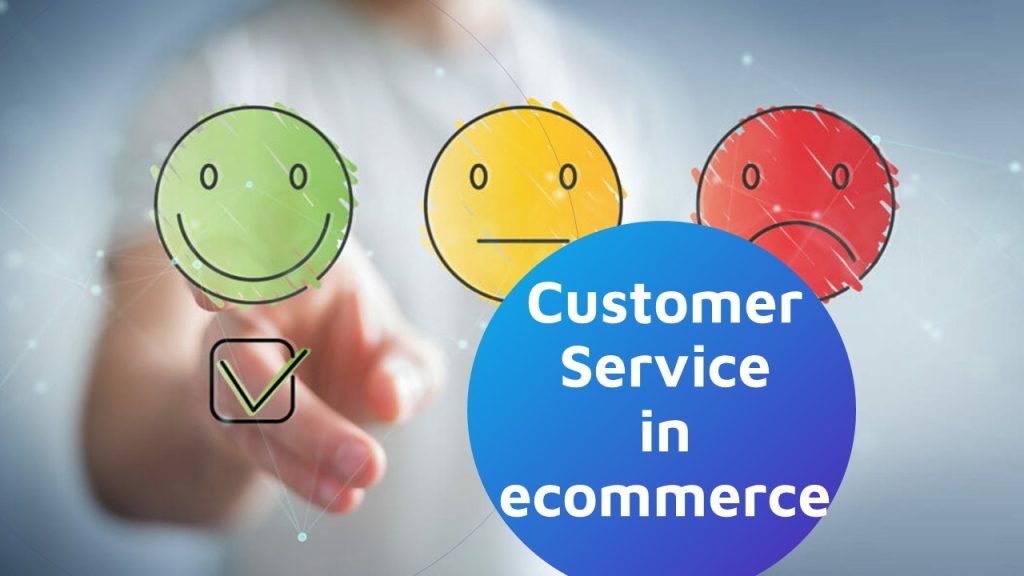In this post, we explain a few good reasons to sell online with Shopify, one of the top-performing e-commerce platforms.
Shopify is a CMS / e-commerce platform born in Ottawa, Canada, in 2006. It’s a cloud-based SaaS offering all the necessary services for stores to operate online. From payment, marketing, promotions, to a variety of tools to stimulate loyalty and improve customer experience.
To sell online with Shopify, brands need good-quality branded marketing content, so they can successfully promote their products. At Content2Sell, we make exclusive photography, videos, and branded design adapted to all platforms – including Shopify.
But before you make any moves, it is important to know a few things.
About Shopify
The reasons to sell online with Shopify’s are numerous and well sustained. Their growth has been dizzying since 2012: from 42,000 merchants to 377,000 in 2016; to 1 million in 2019. Over 1.7 million businesses run on Shopify in 175 countries, as per their 2021 stats, partly thanks to a development strategy that’s quite in line with the raising needs of e-commerce in this rapidly changing world. Here are a few more interesting numbers to keep in mind:
- In 2020, Shopify powered more than 20% of all e-commerce websites in the world.
- In the United States only, Shopify has 23% of the e-commerce market share.
- About 18000 domains run on Shopify Plus.
- More than 2 million active websites in 2021.
- Stock value has increased over 50% since 2015.
Who’s eligible to sell online with Shopify?
After reading so many good things about Shopify, you may wonder why you are not using it.
The answer to the question is probably as simple as e-merchants seeking to build a brand. Because, unlike Amazon or other marketplaces, you do need a website, hosting, and domain. Not just a product.
When you use Shopify, you get a high degree of autonomy, and everything related to your shop is up to you.
That being said, the most eligible to sell online with Shopify are:
- Start-ups and Small and Medium Enterprises find in Shopify an effective and cheap way to sell their products worldwide.
- Dropshippers. Shopify became a dropshipping goldmine after partnering up with Oberlo – a platform that allows to sell products sourced by AliExpress
- Physical businesses looking for expansion and digitalization.
- Businesses willing to unify their sales across different channels.

What’s so good about Shopify?
Shopify had found an increasing need for simplicity in building online shops, stimulating digitalization and online business creation, and keeping a close eye on consumer behavior, marketing, and e-commerce trends.
Shop
Shopify launched Shop in 2020. Shop is a mobile-app channel designed for consumers to have “a digital shopping assistant” in their pocket. It’s intended to improve the shopping experience, by letting users visit shops with no need to browse outside of the app. It also allows getting recommendations based on previous behavior, receiving customized discounts, discovering local businesses, swifter checkouts, and real-time tracking.
Any Shopify-operated store can opt-in, and thus increase its trust, engagement, and conversion rates. Definitely worth considering.
DTC
Shopify has rapidly become one of the preferred options for large brands to jump into the Direct-to-Consumer business, with western giants like Nestlé, Unilever or the L.A. Lakers setting up their e-shops in record-times. That has lowered their costs and increased their sales by cutting out the middlemen.
“China is surpassing the US as the largest retail market in the world, and Alibaba is the largest business-to-consumer platform in China. People underestimate Alibaba in terms of what it represents on a global stage”.
Danielle Bailey – Gartner’s Managing VP, Asia-Pacific.

Evolution, growth, and stats
Shopify’s history starts when its founders, Tobias Lütke and Scott Lake, tried to open an online store in 2004 to sell snowboarding equipment online. Unable to find the tools and resources they needed to develop it, Lütke, who was a programmer, developed its own and Snowdevil was up shortly after. And two years later, Shopify was born as an open-source platform.
After a couple of years of solid growth and several awards granted, 2009 would be the blooming year. They released an API that allowed developers to create applications and sell them for merchants to use on their online shops, just like WordPress does.
In 2010, their first app was released on Apple Store, allowing users to manage their online shops from iOS mobile phones.
it became unstoppable and even jumped to the stock market in 2015, thanks to its astonishing numbers, which keep growing today.
Since then, a series of wise strategic operations, including multiple acquisitions – from app developers to graphic design studios, the launch of their own payment platform (Shopify Payments, now Shop Pay), the successful targeting of large companies (more on this, below) and the opening of their physical shop in Los Angeles in 2018, to hold workshops and conferences, and provide support to companies using their software.
But their success story is much longer than we could explain here. So, if you’d like to learn more about it, take a look at their Wikipedia page.
Partnership with JD
Last week, Shopify announced a partnership with the Chinese e-commerce giant JD.com, so that merchants in the United States can sell to JD’s customers in China.
China is a highly attractive market for the rest of the world, despite being mostly powered by Chinese residents. In fact, it is expected to reach more than 1200 million consumers in 2025, and a revenue of US$1,377,161 million in 2022. That’s about US$1,314.94 of revenue per user, according to Statista.
Until now, the importation of e-commerce retail goods was mostly in Alibaba’s hands. Only last year more than 6000 brands stepped foot in China through Alibaba, for a total of 35000 overtime.
This strategic partnership is double aimed: on the one hand, is the intent to compete with Alibaba. On the other hand, taking Chinese products overseas through Shopify’s growing DTC (Direct-to-Consumer) solution, in a clear challenge to Amazon – which has nurtured the growth of many Chinese exporters from its worldwide preeminent position – with an iron grip on their products’ quality and the authenticity of their reviews.
And be it because of their sustained growth over time, or not to see their sales plunge, Chinese exporters now invest more in product design, branding, packaging, and visual assets to make their products marketable and competitive around the globe.
In a nutshell
Shopify is consolidating itself as a platform that is good for e-merchants of any size. It is reading through the post-pandemic world, where a seamless omnichannel customer experience and Direct-to-Consumer economy are key elements for brands to survive.
It allows customizing branded online shops, without imposing the eyes of Leviathan-like surveillance, as Amazon does. They can operate them just as they would in the physical world, with the same workload and freedom in terms of discounts, marketing, logistics, and stock management.
In other words, Shopify is not a marketplace, but an online space ready to be turned into a shop.
If you’re considering Shopify to sell your products online, one of the crucial aspects is your marketing content. The key to showing your product and engaging your potential buyers is to highlight what makes it unique.
Just schedule your call, and let’s talk about your project.



